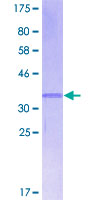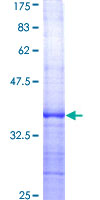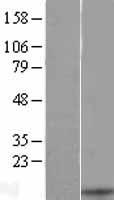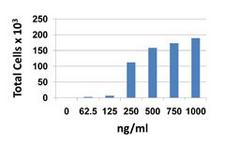order histories, retained contact details for faster checkout, review submissions, and special promotions.
Forgot password?
order histories, retained contact details for faster checkout, review submissions, and special promotions.
Location
Corporate Headquarters
Vector Laboratories, Inc.
6737 Mowry Ave
Newark, CA 94560
United States
Telephone Numbers
Customer Service: (800) 227-6666 / (650) 697-3600
Contact Us
Additional Contact Details
order histories, retained contact details for faster checkout, review submissions, and special promotions.
Forgot password?
order histories, retained contact details for faster checkout, review submissions, and special promotions.
BLC / CXCL13
chemokine (C-X-C motif) ligand 13
B lymphocyte chemoattractant, independently cloned and named Angie, is an antimicrobial peptide and CXC chemokine strongly expressed in the follicles of the spleen, lymph nodes, and Peyer's patches. It preferentially promotes the migration of B lymphocytes (compared to T cells and macrophages), apparently by stimulating calcium influx into, and chemotaxis of, cells expressing Burkitt's lymphoma receptor 1 (BLR-1). It may therefore function in the homing of B lymphocytes to follicles.
| Gene Name: | chemokine (C-X-C motif) ligand 13 |
| Family/Subfamily: | Intercrine , Intercrine alpha |
| Synonyms: | CXCL13, ANGIE, ANGIE2, BLC, B cell-attracting chemokine 1, BCA-1, BCA1, C-X-C motif chemokine 13, SCYB13, Small-inducible cytokine B13, B lymphocyte chemoattractant, B-cell chemoattractant, B-cell-attracting chemokine 1, B-lymphocyte chemoattractant, Blc chemoattractant, BLR1L, Chemoattractant blc, CXC chemokine BLC |
| Target Sequences: | NM_006419 NP_006410.1 O43927 |
Publications (2)











If you do not find the reagent or information you require, please contact Customer.Support@LSBio.com to inquire about additional products in development.









